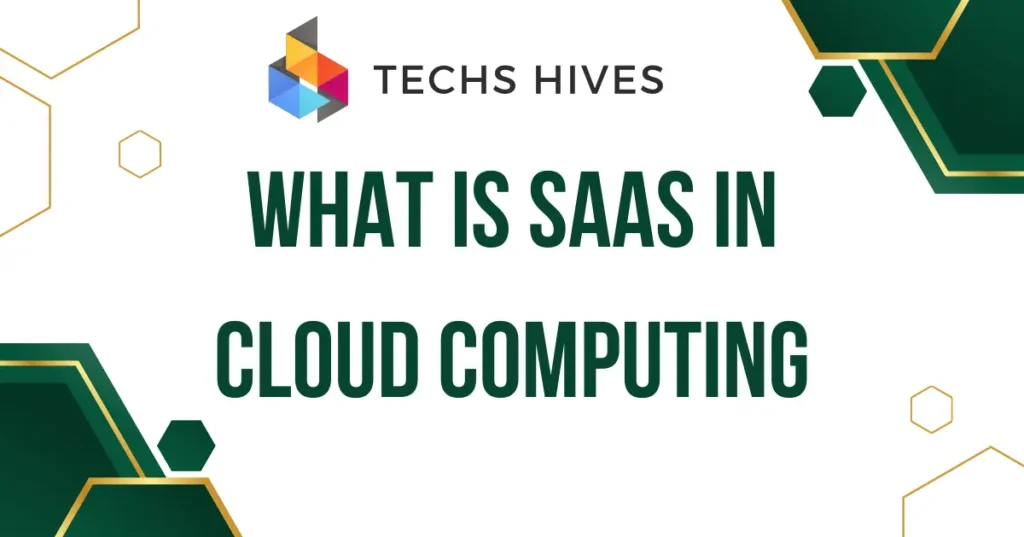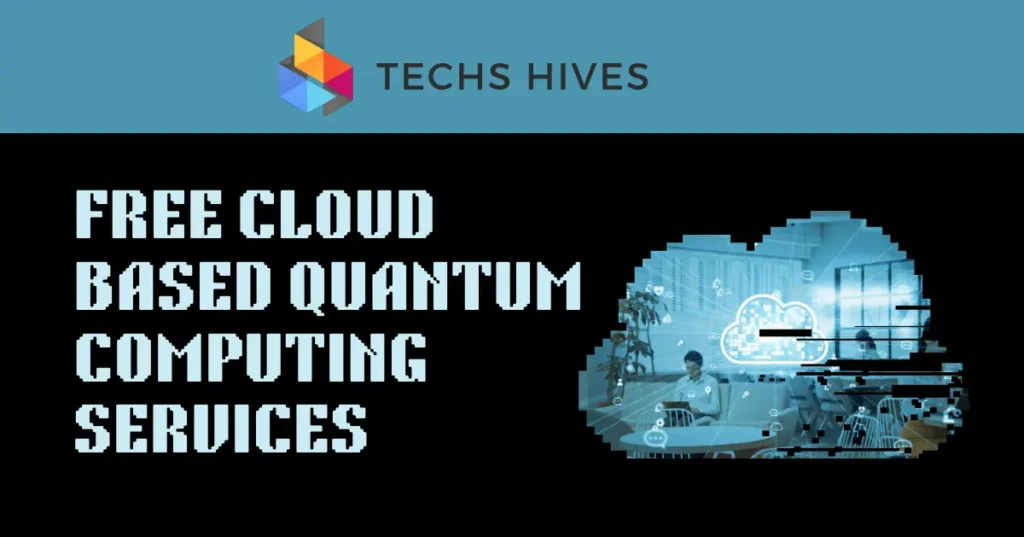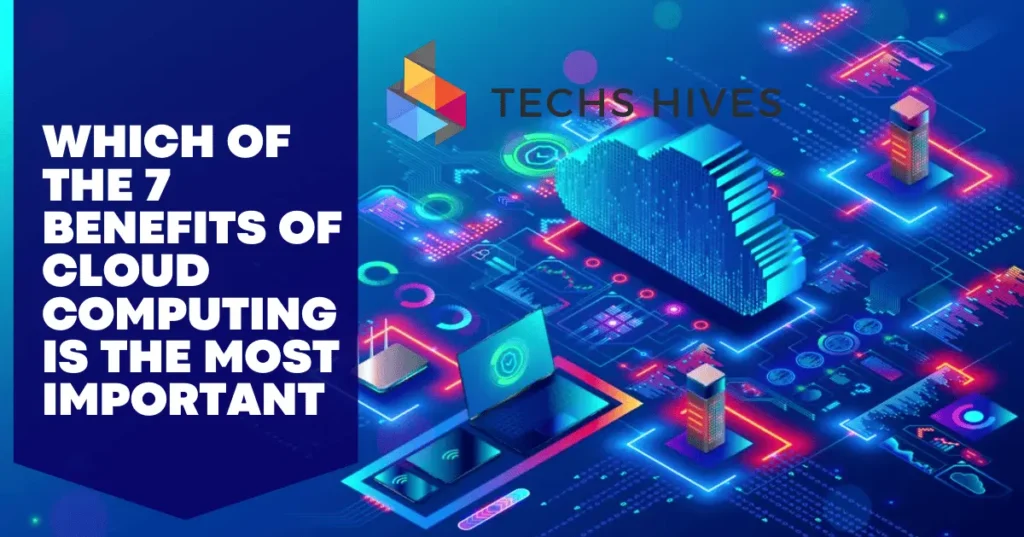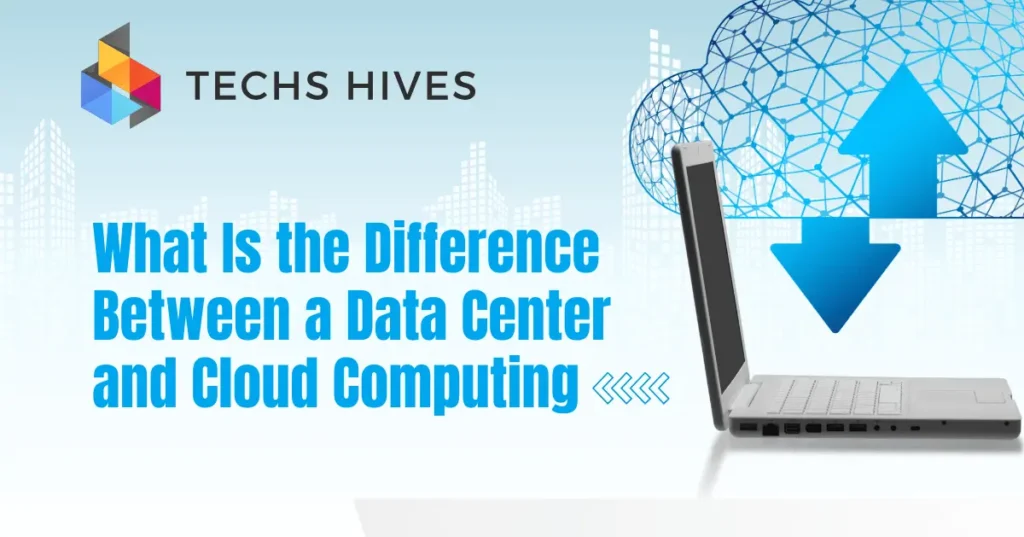SaaS, or Software as a Service, is a way to access software online without downloading or installing it on your device. It’s hosted by a provider who manages everything, including updates, security, and data storage. You simply use the software through a web browser, often by paying a monthly or yearly fee. This setup makes it easy for businesses and individuals to access the tools they need without worrying about technical management.
In cloud computing, SaaS is one of the main models that allows users to get software directly over the internet. Instead of owning the hardware or handling complex installations, you can access these services on demand. It’s convenient and cost-effective, especially for businesses looking to scale quickly or work from anywhere. SaaS plays a big role in making cloud computing useful and accessible for all kinds of users.
Table of Contents
Characteristics of SaaS
Accessibility and Flexibility
SaaS is accessible via the internet, allowing users to log in from any device with a browser and internet connection. This flexibility means employees can work from home, in the office, or while traveling, providing seamless access to tools and data. It’s ideal for remote teams and organizations with distributed workforces, making collaboration and productivity easier.
Subscription-Based Model
Most SaaS solutions operate on a subscription basis, where users pay monthly or annually instead of buying software outright. This lowers upfront costs, making it more budget-friendly and predictable for businesses. Subscriptions often include different pricing tiers, allowing users to choose the plan that fits their specific needs and budgets.
Automatic Updates and Maintenance
SaaS providers handle all updates, maintenance, and security patches, ensuring users always have the latest version of the software. Users don’t need to manually install updates, reducing downtime and security risks. This setup allows users to focus on their work without worrying about the technical upkeep of their software.
Scalability
SaaS solutions are built to grow with the user, allowing businesses to add more features, storage, or user accounts as they expand. Many providers offer scalable pricing or customizable options, making it easy for businesses to adjust their plans based on their changing needs without overpaying for unused resources.
Multi-Tenant Architecture
SaaS platforms use a multi-tenant structure, where multiple users share the same infrastructure, while each has secure, isolated access to their data. This design allows providers to efficiently allocate resources, reduce operational costs, and offer lower prices to customers while maintaining data security and privacy across accounts.
Benefits of Using SaaS in Cloud Computing
Cost-Effectiveness
SaaS eliminates the need for expensive hardware and complex installations, reducing upfront costs. With a subscription-based model, businesses pay only for what they need, often in predictable monthly or yearly payments. This setup helps companies manage their budgets more effectively and lowers the financial risks of investing in costly software upfront.
Easy Accessibility and Remote Access
SaaS applications are accessible over the internet, allowing users to work from any location with an internet connection. This convenience makes it easy for remote teams and global businesses to collaborate seamlessly. Employees can access the tools and data they need from any device, increasing productivity and flexibility in how and where they work.
Regular Updates and Maintenance
SaaS providers manage software updates and maintenance, ensuring users always have access to the latest features and security upgrades. Users don’t need to worry about manual updates or technical support. This reduces downtime and ensures they’re using secure, up-to-date software, which improves user experience and security.
Scalability to Meet Business Needs
SaaS solutions offer flexible scaling options, allowing businesses to increase or decrease services based on their needs. As businesses grow, they can easily add more users, features, or storage without needing to invest in new infrastructure. This flexibility makes SaaS ideal for companies of all sizes, from startups to large enterprises, supporting growth without additional IT challenges.
Challenges of SaaS in Cloud Computing
Data Privacy and Security Concerns
Since SaaS providers store data on their servers, businesses may worry about the safety and privacy of their information. Sensitive data is shared with a third party, which can raise security risks if proper safeguards aren’t in place. Compliance with regulations, such as GDPR, is essential to protect user data, but this adds extra layers of responsibility and trust.
Limited Customization Options
SaaS solutions typically offer a standardized setup, which can limit customization compared to on-premise software. For businesses with unique needs, the available features or configurations may not fully align with their processes. While some providers offer customization options, they may come at an additional cost or have limitations that restrict how much a business can tailor the software.
Dependence on Internet Connectivity
SaaS relies on a stable internet connection to access software and data, which can be challenging in areas with poor connectivity. If the internet goes down or connection quality is poor, users may experience delays or disruptions. This dependence on connectivity can affect productivity, particularly in remote locations or during peak times when internet speeds may vary.
Risk of Service Downtime
SaaS providers occasionally face service outages or downtime for maintenance, which can disrupt business operations. Since users rely on third-party services, they have limited control over when and how these downtimes occur. While providers strive to minimize downtime, unexpected issues may arise, affecting accessibility and potentially leading to productivity losses.
Future Trends in SaaS
AI and Machine Learning Integration
SaaS applications increasingly leverage AI and machine learning to enhance functionality, automate tasks, and provide data-driven insights. These technologies can personalize user experiences, improve decision-making through predictive analytics, and automate repetitive tasks. As AI advances, SaaS platforms will become smarter, helping users work more efficiently and gain valuable insights from their data.
Enhanced Security Measures
With growing concerns around data privacy and cyber threats, SaaS providers are prioritizing advanced security measures. This includes end-to-end encryption, multi-factor authentication, and stronger data governance frameworks. Enhanced security is crucial for compliance with data protection regulations and for building user trust. Expect to see even more robust security protocols as cyber threats continue to evolve.
Growing Popularity of Industry-Specific SaaS
SaaS is moving toward more industry-focused solutions, catering to sectors like healthcare, finance, retail, and manufacturing with customized tools and compliance features. These tailored SaaS solutions address unique industry needs, regulations, and workflows, providing greater value and reducing customization requirements. Industry-specific SaaS solutions will continue to grow, helping businesses access software optimized for their field.
Expansion of No-Code and Low-Code Platforms
The rise of no-code and low-code platforms within SaaS is making it easier for users to build custom applications without deep technical knowledge. These platforms allow businesses to design and deploy their tools, enhancing customization and flexibility. As demand for faster software development grows, no-code and low-code SaaS solutions will become essential for businesses seeking to create applications quickly and cost-effectively.
Emphasis on User Experience (UX) and Accessibility
SaaS providers are focusing more on user-friendly interfaces and accessible design to improve the overall user experience. As competition grows, the ability to provide a seamless, intuitive, and accessible experience will become a key differentiator for SaaS platforms. This focus on UX and accessibility will drive further innovation in how software is designed and used.
Conclusion
SaaS, or Software as a Service, is a powerful part of cloud computing, making software more accessible and affordable. SaaS removes the hassle of traditional software management by allowing users to access applications online without complex installations. It’s especially helpful for businesses, enabling them to grow and adapt without large upfront costs or technical burdens.
With easy access, regular updates, and scalability, SaaS continues to change how we work and collaborate. Despite some challenges, like security concerns and internet reliance, SaaS remains a popular choice for businesses and individuals alike.



